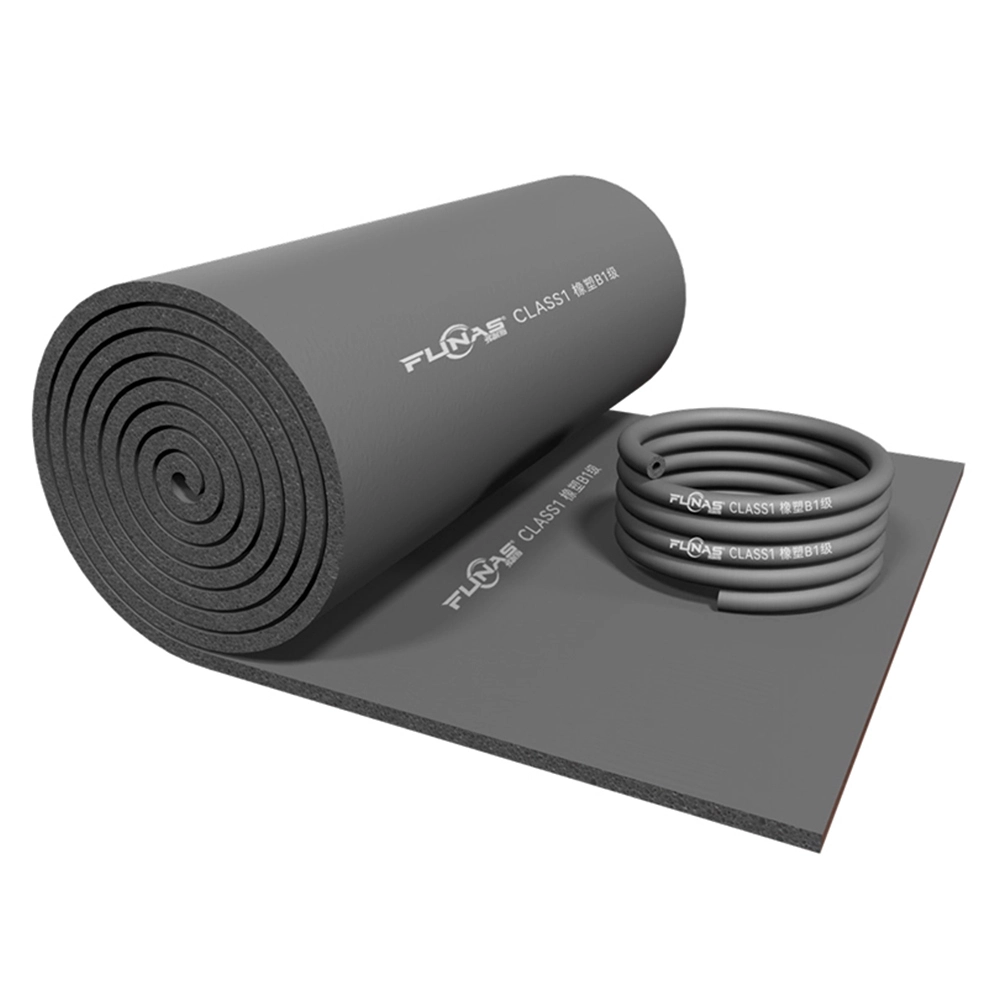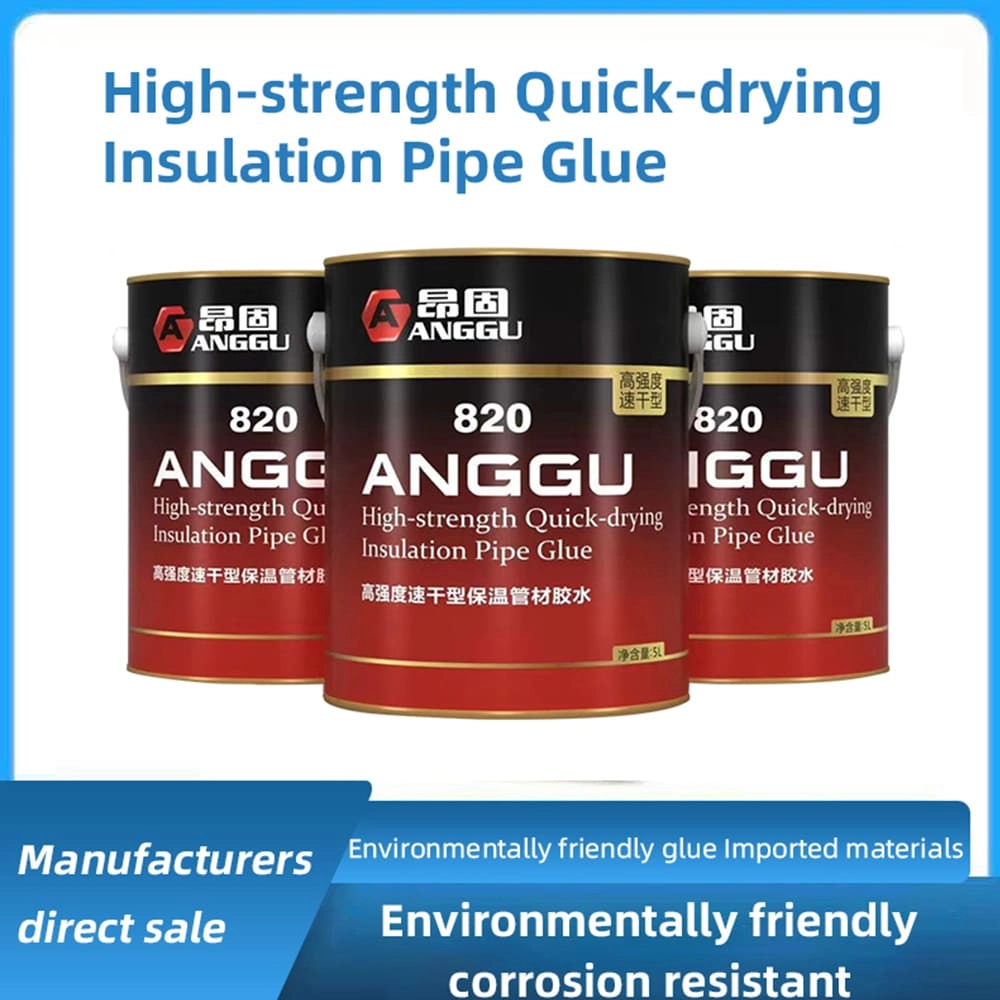how to install rolled insulation in walls | Insights by FUNAS
Learn the essential steps and common mistakes to avoid when installing rolled insulation in walls to enhance your home's energy efficiency and comfort.
- How to Properly Install Rolled Insulation in Walls: A Comprehensive Guide
- 1. What Are the Essential Steps for Installing Rolled Insulation in Walls?
- 2. What Are Common Mistakes to Avoid During Installation?
- 3. How Do I Choose the Right Type of Insulation for My Walls?
- 4. What Are the Benefits of Properly Installed Wall Insulation?
- 5. When Should I Consider Hiring a Professional for Installation?
- Conclusion: Why Choose FUNAS for Your Insulation Needs?
How to Properly Install Rolled Insulation in Walls: A Comprehensive Guide
Installing rolled insulation in your walls is an effective way to improve your home's energy efficiency and comfort. However, improper installation can lead to reduced performance and increased energy costs. This guide addresses five common questions and provides expert insights to ensure a successful insulation project.
1. What Are the Essential Steps for Installing Rolled Insulation in Walls?
To install rolled insulation effectively:
Measure and Cut Accurately: Ensure the insulation fits snugly between studs without compressing.
Position Correctly: Place the insulation with the facing (usually kraft paper) facing the interior of the room.
Seal Gaps: Use caulk or foam to seal around electrical outlets, pipes, and other penetrations to prevent air leaks.
Maintain Proper Ventilation: Ensure attic vents are not blocked to allow adequate airflow and prevent moisture buildup.
2. What Are Common Mistakes to Avoid During Installation?
Common installation errors include:
Compressing Insulation: Avoid forcing insulation into tight spaces, as this reduces its R-value.
Leaving Gaps: Ensure complete coverage without voids to prevent thermal bridges.
Ignoring Air Sealing: Seal all gaps and cracks before installing insulation to enhance its effectiveness.
3. How Do I Choose the Right Type of Insulation for My Walls?
Selecting the appropriate insulation depends on factors like climate, wall type, and budget. Fiberglass batts are commonly used for their affordability and ease of installation. However, in areas prone to moisture, materials like closed-cell spray foam may be more suitable.
4. What Are the Benefits of Properly Installed Wall Insulation?
Proper insulation offers several advantages:
Energy Efficiency: Reduces heat loss, leading to lower energy bills.
Comfort: Maintains consistent indoor temperatures.
Soundproofing: Dampens noise between rooms.
Moisture Control: Prevents condensation and potential mold growth.
5. When Should I Consider Hiring a Professional for Installation?
While DIY installation is feasible, hiring a professional is advisable when:
Complex Installations: Such as in existing walls without open cavities.
Moisture Concerns: In areas susceptible to dampness.
Local Code Compliance: Ensuring adherence to building codes and regulations.
Conclusion: Why Choose FUNAS for Your Insulation Needs?
FUNAS offers high-quality insulation materials tailored to your specific needs, ensuring optimal thermal performance and energy efficiency. Our products are designed for easy installation and long-term durability, backed by expert support and guidance.
By addressing these common questions and following best practices, you can achieve effective wall insulation that enhances your home's comfort and energy efficiency.

The Ultimate Guide to Glass Wool Insulation 2026

Top 10 Foam Rubber Sheet Manufacturers for Insulation & More

Top 14 Rock Wool Panel Brands: Expert Guide for 2026

Top 10 Insulation Adhesives for Heat & Soundproofing 2026
service
Are your rubber foam products environmentally friendly?
Yes, our insulation products are designed with sustainability in mind. They help reduce energy consumption by minimizing heat loss and gain, and they are made from durable materials that have a long life cycle, reducing the need for frequent replacement.
What is your shipping and delivery process like?
We offer reliable logistics services for insulation material wholesale, both domestically and internationally. Our team ensures secure packaging, timely shipping, and real-time tracking so that your order reaches you in perfect condition and on schedule.
FAQ
What is the typical delivery time for custom orders?
Our daily production capacity is 800 cubic meters. Delivery time varies depending on the complexity of the insulation material wholesale order, but we can deliver large quantities of customized products within 4-6 weeks after the approval date, and small quantities can be delivered within 15 days.
What types of rubber foam insulation do you offer?
We offer a wide range of rubber foam insulation with different thicknesses and specifications. Thermal insulation material manufacturer FUNAS sleeves and sheets are suitable for different application scenarios.
You might also like

Wholesale Glass Wool Roll Blanket with or without aluminum foil
Convenient glass wool roll for easy installation. Provides effective insulation and noise reduction.

Wholesale Black nitrile rubber foam pipe rubber NBR foam tube rubber foam insulation tube for hvac system

Wholesale blue Rubber-plastic Board Rubber foam panel sheet

Wholesale Roof And Wall Thermal Heat Insulation 50mm Thickness Aluminum Foil Fiberglass Insulation Panel Board Glass Wool Price
Glass wool is the molten glass fiber, the formation of cotton-like material, chemical composition belongs to the glass category, is a kind of inorganic fiber. With good molding, small volume density, thermal conductivity both, thermal insulation, sound absorption performance is good, corrosion resistance, chemical stability and so on.
Leave a message
Have any questions or concerns about our products? Please leave us a message here and our team will get back to you promptly.
Your queries, ideas, and collaboration opportunities are just a click away. Let’s start a conversation.


















































